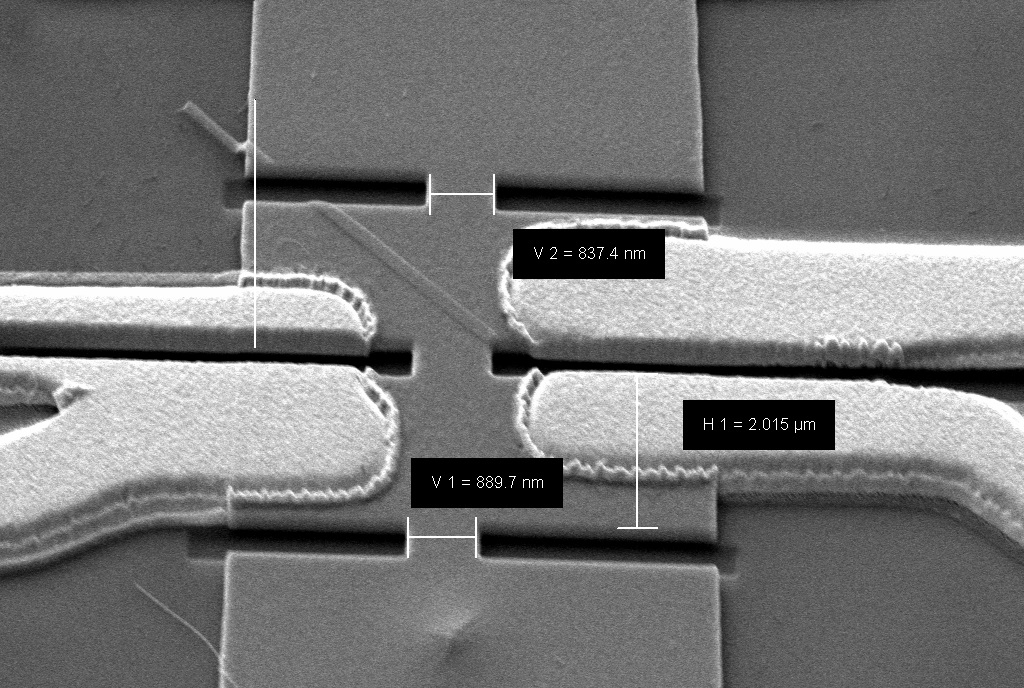Copy Microchip MCU PIC16F72A Firmware
Copy Microchip MCU PIC16F72A Firmware from flash and eeprom memory, recover mcu pic16f72a heximal and then copy memory file to new microcontroller pic16c72a;

This document contains device specific information for the operation of the PIC16F72 device. Additional information may be found in the PIC™ Mid-Range MCU Reference Manual (DS33023), which may be downloaded from the Microchip website. The Reference Manual should be considered a complementary document to this data sheet, and is highly recommended reading for a better understanding of the device architecture and operation of the peripheral modules if discover microchip pic16f628a.
The PIC16F72 belongs to the Mid-Range family of the PIC devices. The program memory contains 2K words, which translate to 2048 instructions, since each 14-bit program memory word is the same width as each device instruction. The data memory (RAM) contains 128 bytes.
There are 22 I/O pins that are user configurable on a pin-to-pin basis. Some pins are multiplexed with other device functions. These functions include:
· External interrupt
· Change on PORTB interrupt
· Timer0 clock input
· Timer1 clock/oscillator
· Capture/Compare/PWM
· A/D converter
· SPI/I2C
Table 1-1 details the pinout of the device with descriptions and details for each pin when extract microchip st62t15c6 mcu.
There are two memory blocks in the PIC16F72 device. These are the program memory and the data memory. Each block has separate buses so that concurrent access can occur. Program memory and data memory are explained in this section. Program memory can be read internally by the user code (see Section 7.0).
The data memory can further be broken down into the general purpose RAM and the Special Function Registers (SFRs). The operation of the SFRs that control the “core” are described here. The SFRs used to control the peripheral modules are described in the section discussing each individual peripheral module.
Additional information on device memory may be found in the PIC™ Mid-Range Reference Manual, (DS33023).
PIC16F72 devices have a 13-bit program counter capable of addressing a 8K x 14 program memory space.
The address range for this program memory is 0000h 07FFh. Accessing a location above the physically implemented address will cause a wraparound.
The RESET Vector is at 0000h and the Interrupt Vector is at 0004h for copy attack arm stm32f105rct6 mcu.
The Data Memory is partitioned into multiple banks that contain the General Purpose Registers and the Special Function Registers. Bits RP1 (STATUS<6>) and RP0 (STATUS<5>) are the bank select bits.
Tags: copy microchip mcu binary file,copy microchip mcu dump information,copy microchip mcu embedded firmware,copy microchip mcu encrypt program,copy microchip mcu flash content,copy microchip mcu heximal data,copy microchip mcu locked archive,copy microchip mcu protect eeprom,copy microchip mcu software memory,copy microchip mcu source code

